Monochord
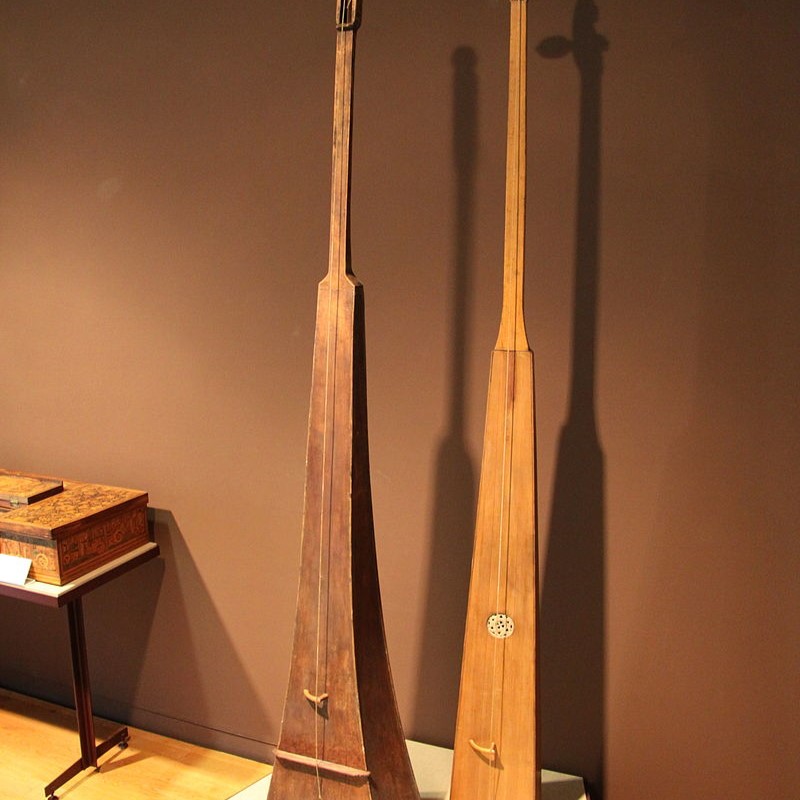
A monochord is a simple musical instrument consisting of just one string stretched over a resonating box or soundboard. It's historically significant as a tool for exploring musical intervals and harmony. Adjusting the string's tension or length demonstrates how vibrations create different pitches, aiding in understanding the relationships between musical tones and mathematical ratios.
Harpsichord
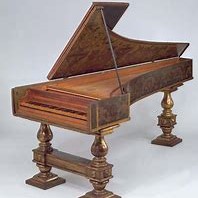
The harpsichord, popular in the Renaissance and Baroque periods, is a keyboard instrument with strings plucked when keys are pressed, lacking dynamic variation. Despite this, its stops provide diverse tonal qualities that fascinated composers like J.S. Bach, Handel, and Scarlatti. Renowned for its unique sound and ornate designs, the harpsichord holds a significant place in Baroque music history.
Clavichord
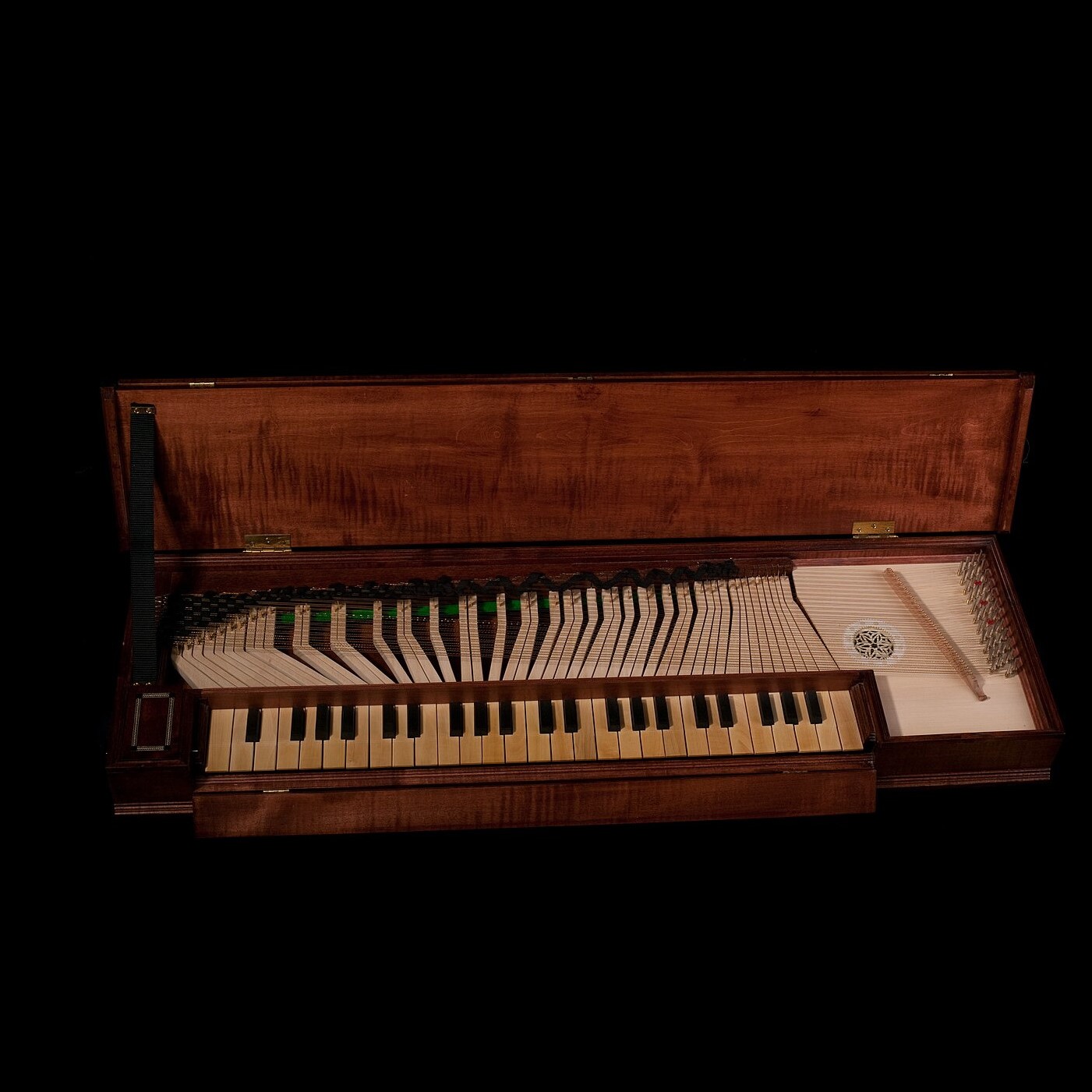
The clavichord, a compact keyboard instrument popular during the Baroque and Classical eras, produces a gentle, mellow sound by striking strings with tangents when keys are pressed. Its unique feature is the ability to control volume and tone through finger pressure on the keys, allowing for expressive musical nuances. This intimate instrument found favor in smaller settings and homes, admired by composers like Johann Sebastian Bach for its emotive capabilities.
Pipe Organ
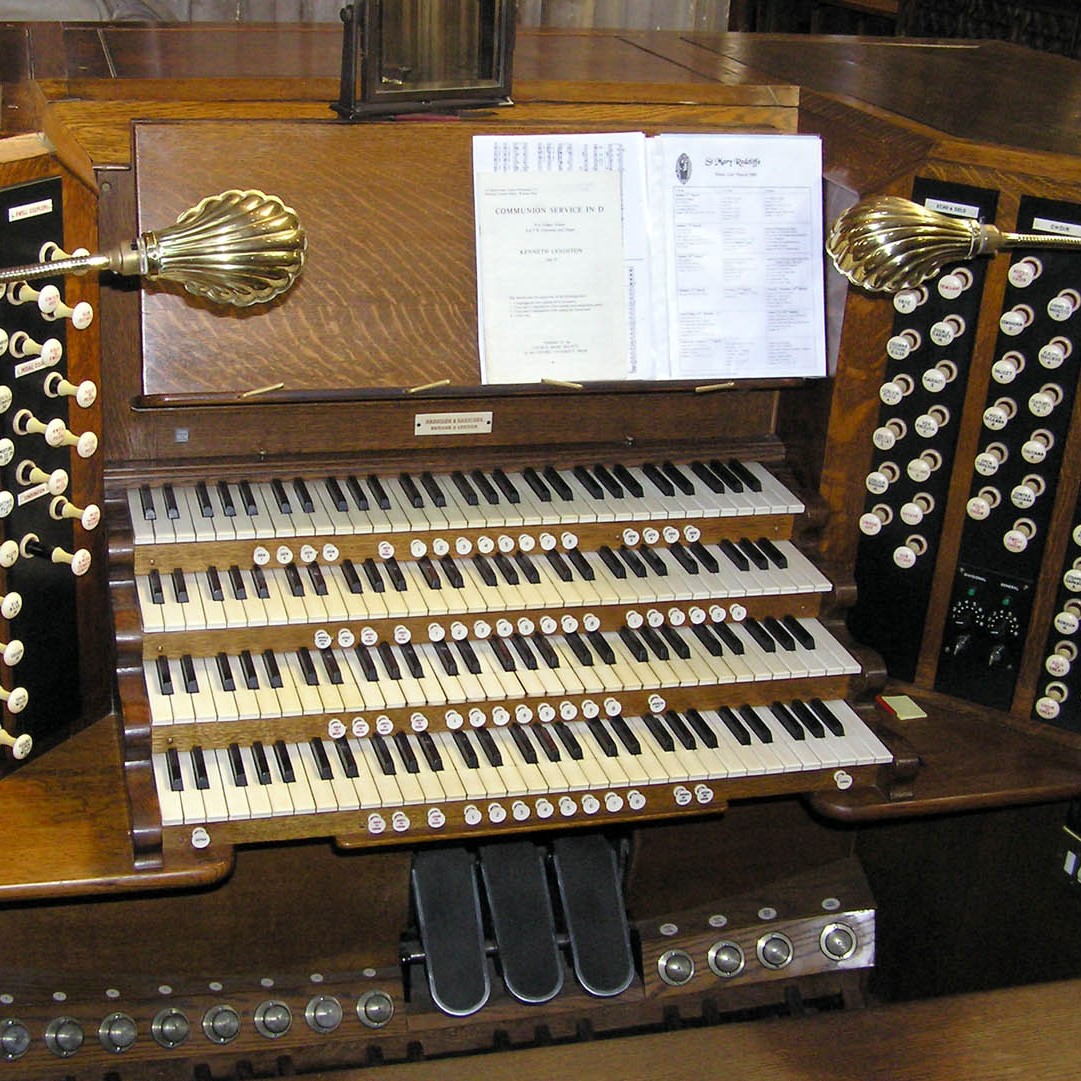
A pipe organ is a complex instrument that generates sound by pushing air through various pipes of different sizes and materials. It has keyboards and pedals for controlling airflow to the pipes, producing a wide range of tones. Found in churches and concert halls, the organ is revered for its versatility and ability to create a vast array of sounds, making it a significant instrument in classical music.
Square Piano
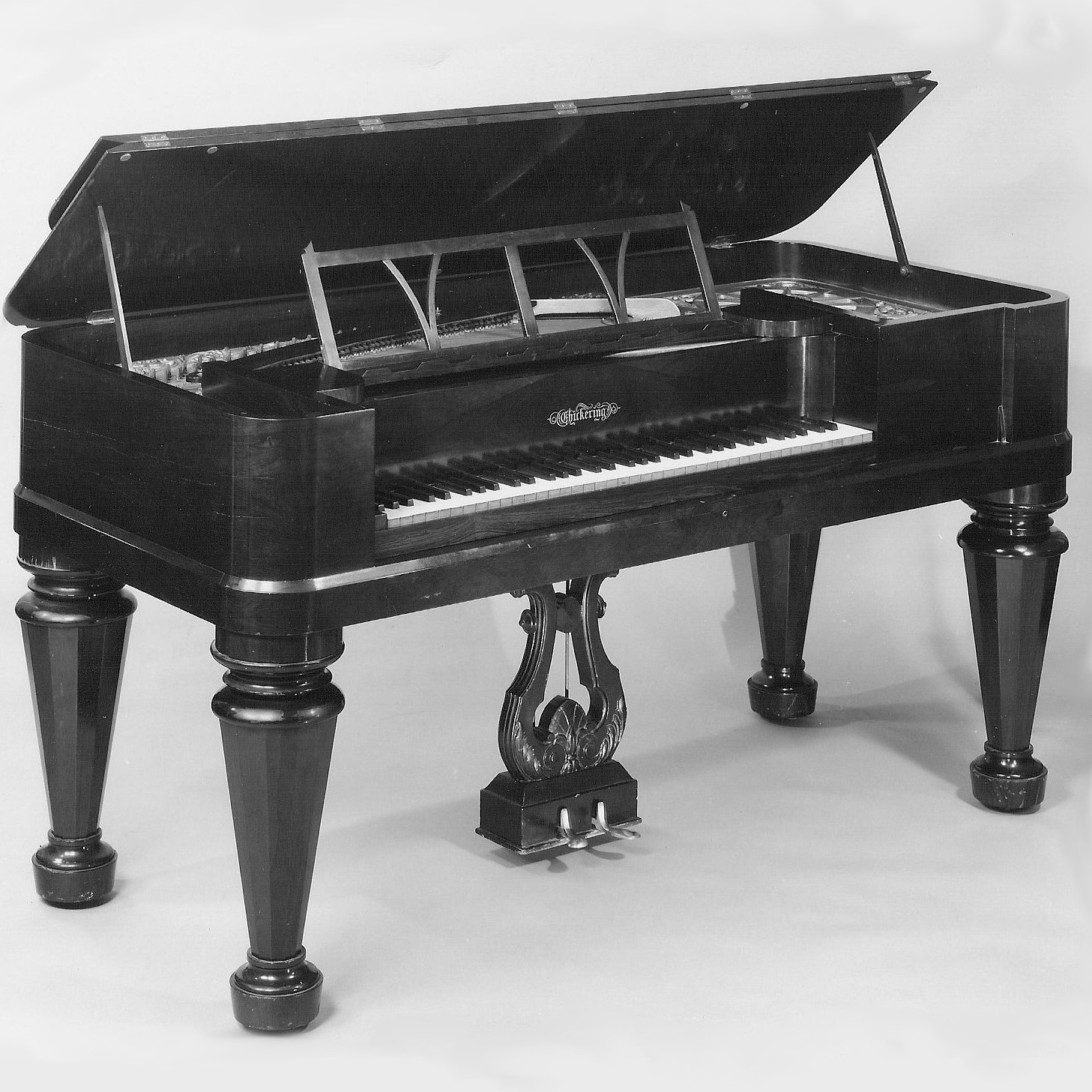
The square piano, prevalent in the 18th and 19th centuries, features a boxy shape and horizontal strings struck by hammers. It's known for its compact size and charming, intimate sound, although it lacks the volume of larger pianos. While it eventually waned in popularity with the rise of grand pianos, the square piano remains an important part of keyboard instrument history.
Player Piano
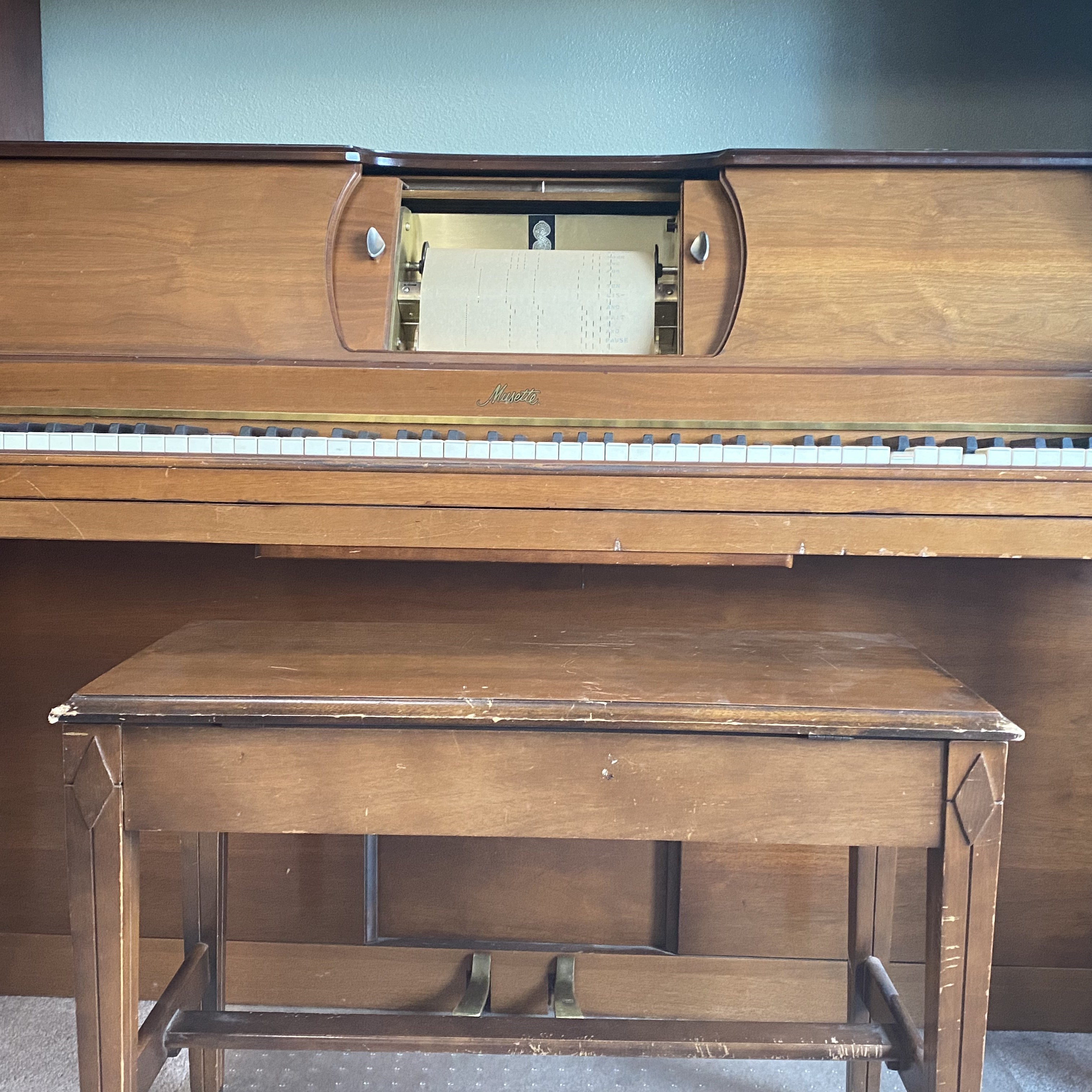
The player piano, a marvel of the late 19th and early 20th centuries, plays music automatically using perforated paper rolls or recorded mediums to control the keys. Operated by pneumatics, it replicated live performances without a pianist. Popular in homes and venues, it offered live music experiences. Despite fading with recorded music, it remains an early example of automated musical instruments.
Electric Piano
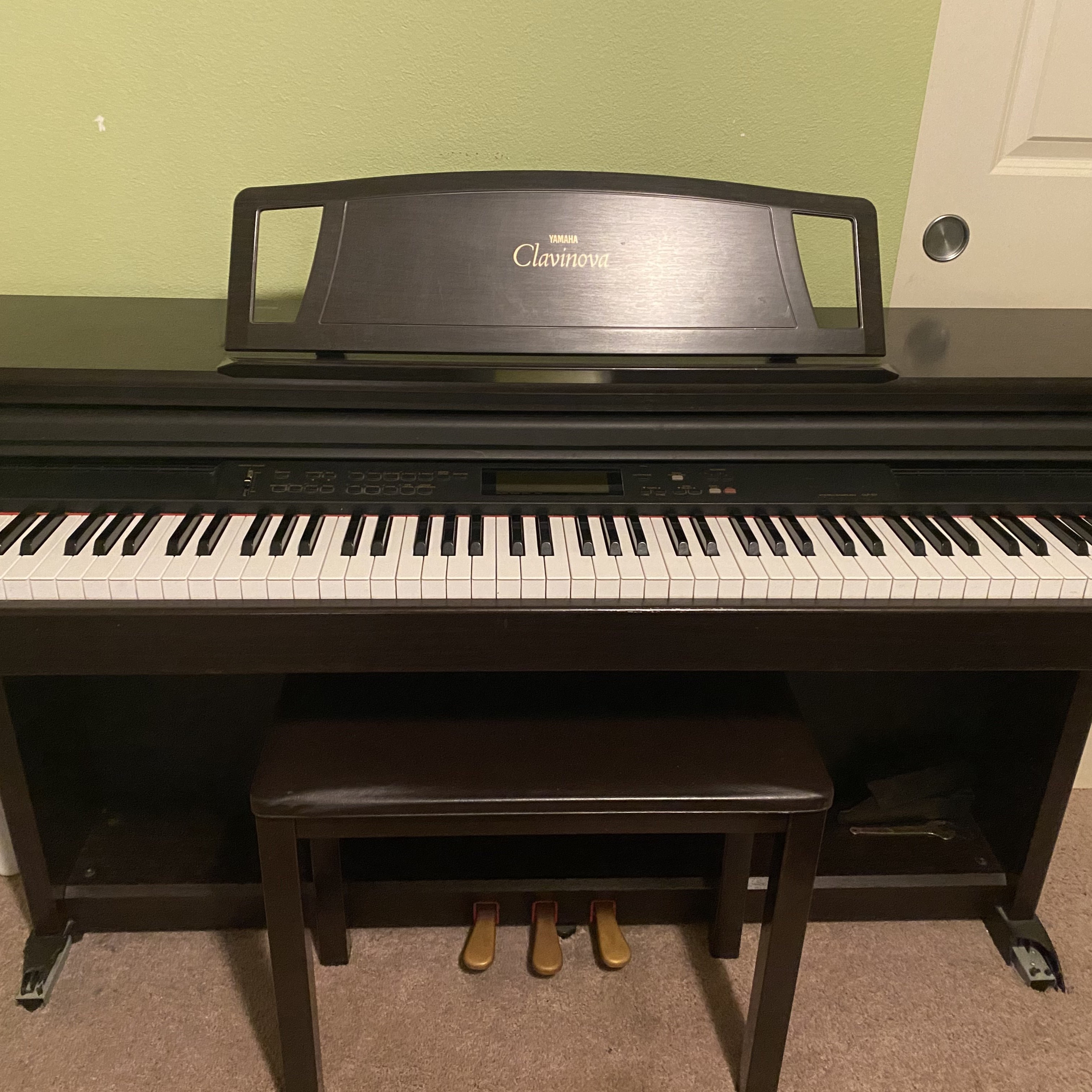
An electric piano is a keyboard instrument that uses electronics to replicate the sound of an acoustic piano. It produces sound through electronic means, offering versatility and portability compared to traditional pianos, becoming popular across different music genres for its amplified sound and various effects.
Grand Piano
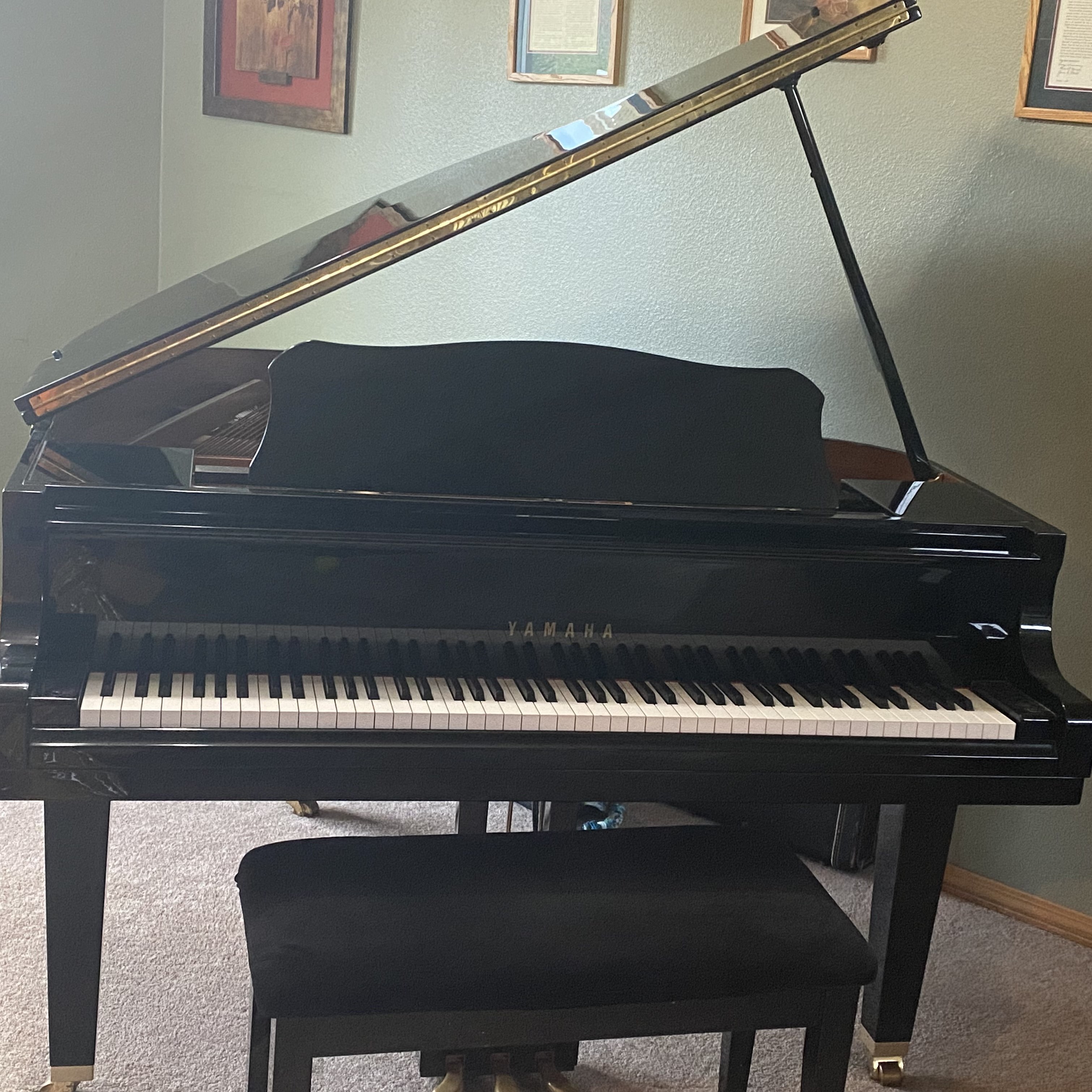
A grand piano is a sizable horizontal instrument recognized for its distinctive curved shape. It creates rich, resonant tones through strings, hammers, and keys, offering exceptional sound quality and a wide dynamic range. Often favored by professional musicians, it's a prominent choice for performances due to its superior sound capabilities.
Upright Piano
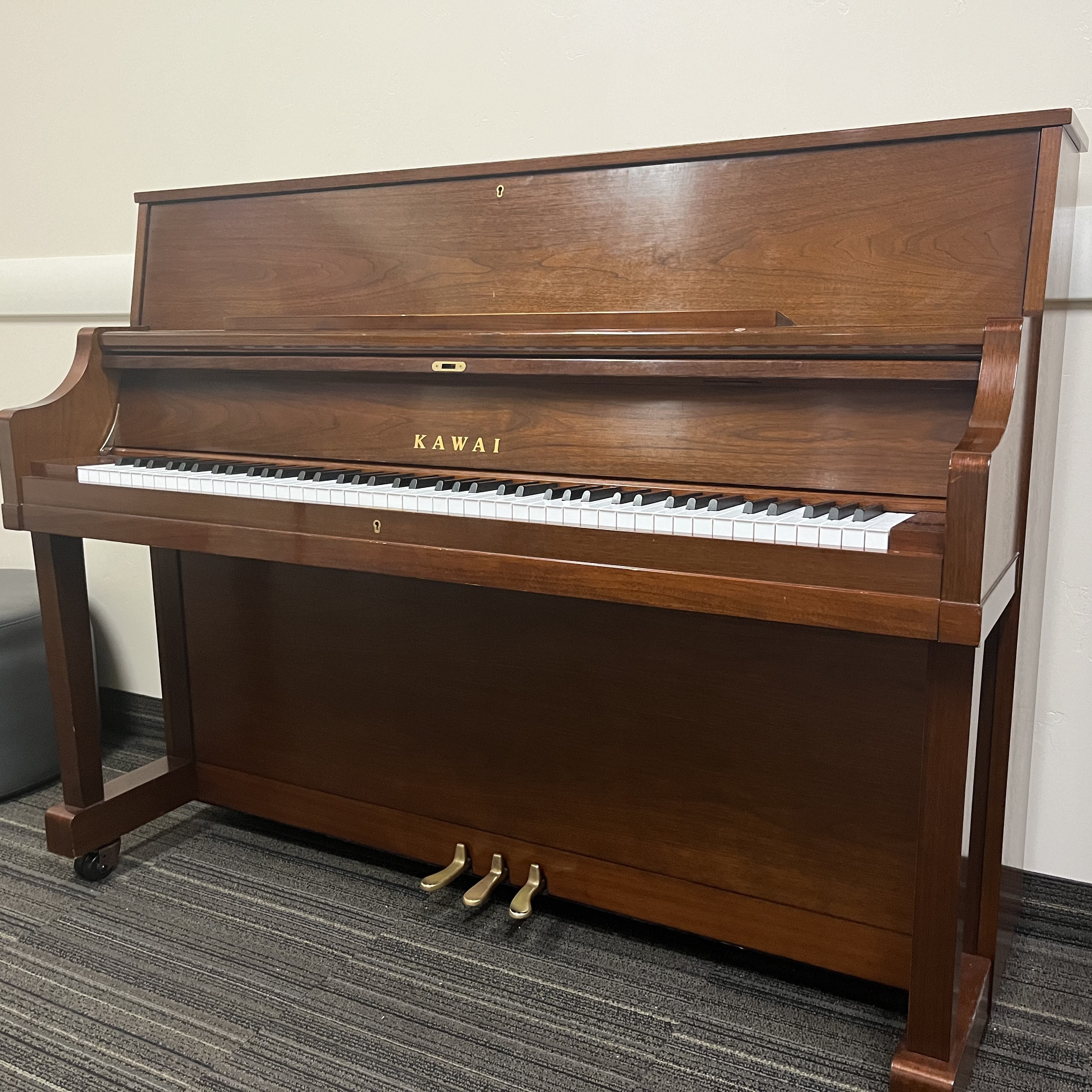
An upright piano is a vertical instrument with strings and hammers positioned vertically within a wooden frame. Its space-saving design makes it ideal for home use, providing a smaller and more affordable alternative to grand pianos while offering a traditional sound suitable for practice and smaller performances.
Fortepiano
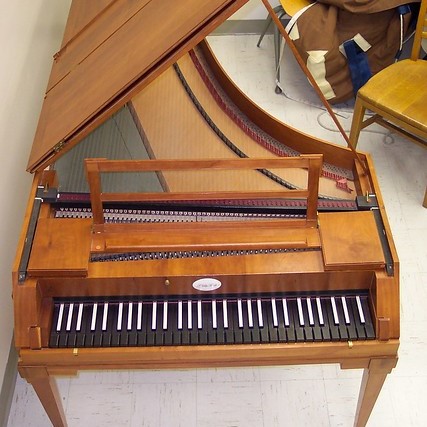
The fortepiano, predating the modern piano and popular during the Classical and early Romantic eras, offered a lighter and more expressive sound with softer hammers and a lighter touch. Its influence on composers like Mozart, Haydn, and early Beethoven is notable despite being replaced by the modern piano, marking its enduring historical significance.
Spinet
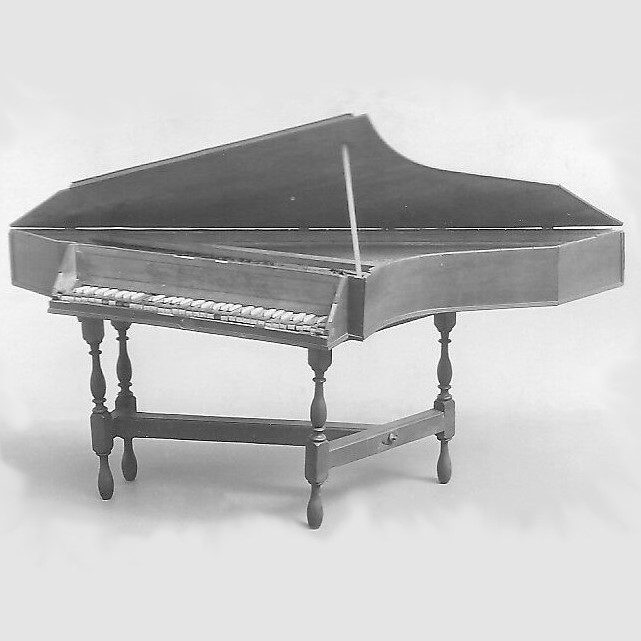
The spinet, a smaller version of the harpsichord, was popular in the Baroque era. Its keys plucked strings at an angle, creating a sweet but less dynamic sound compared to larger keyboard instruments. Affordable and compact, it found a place in domestic settings and attracted composers like Handel and Scarlatti. Though less common now, the spinet remains a noteworthy part of early keyboard instrument heritage.
Clavicytherium
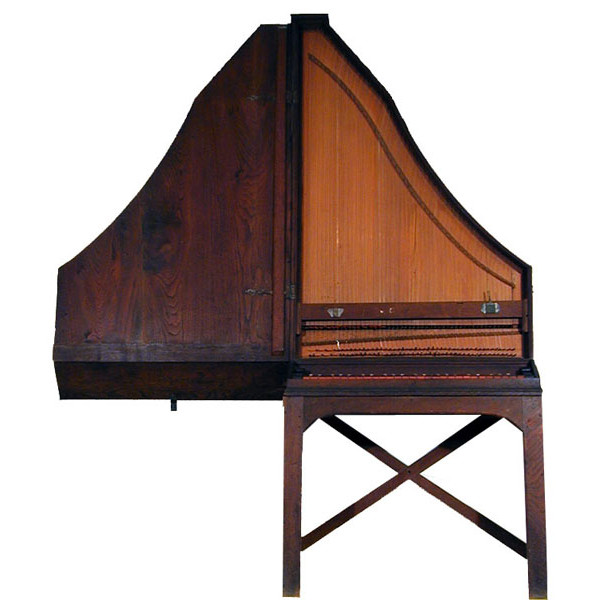
The clavicytherium is an upright harpsichord with strings positioned vertically, offering a unique sound. Unlike horizontal harpsichords, its compact design suits smaller spaces. Though less prevalent, it gained attention during the Renaissance and Baroque periods for its innovative vertical construction, marking a distinctive chapter in keyboard instrument history.
/Piano_History-logos_transparent.png)